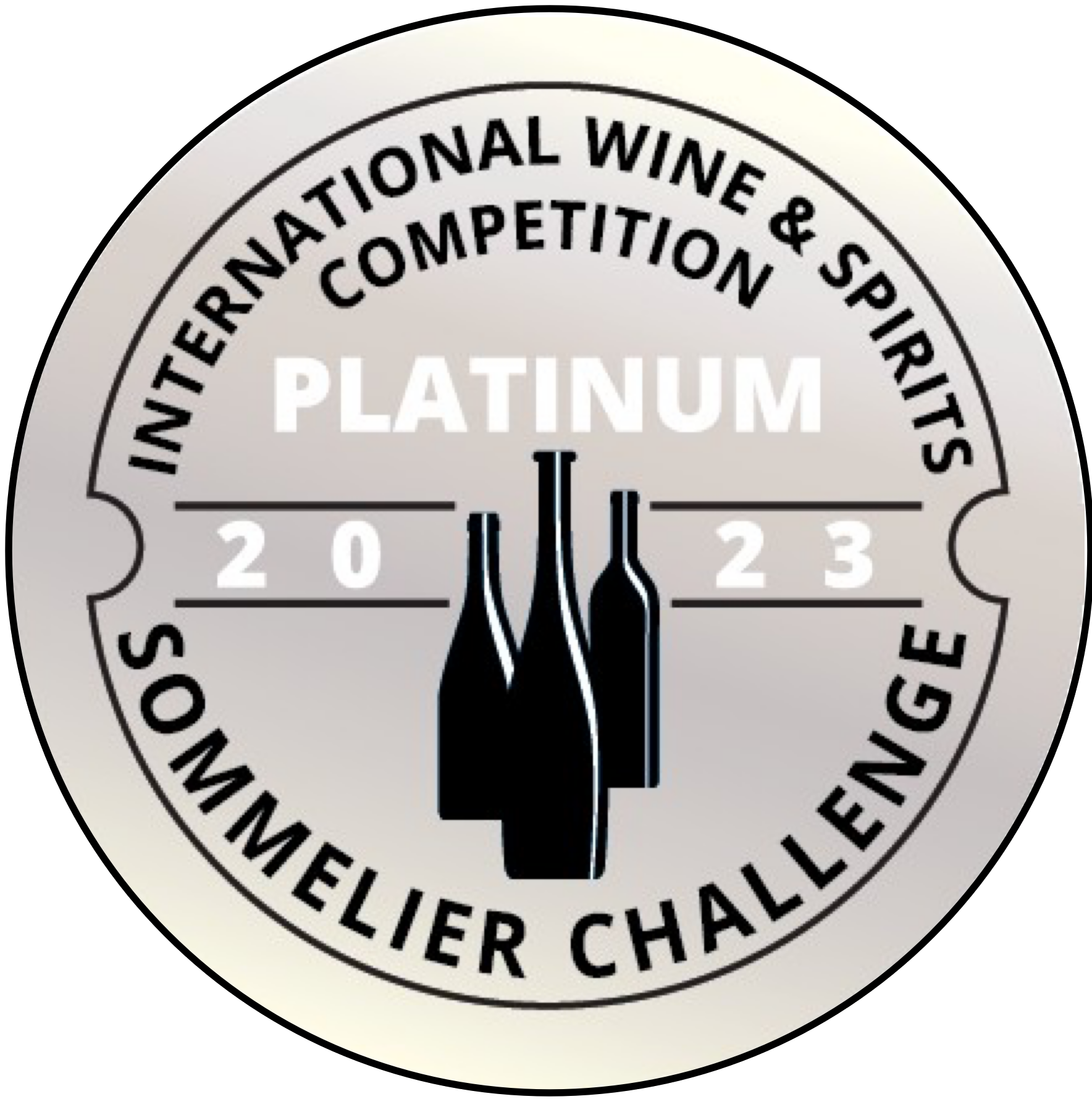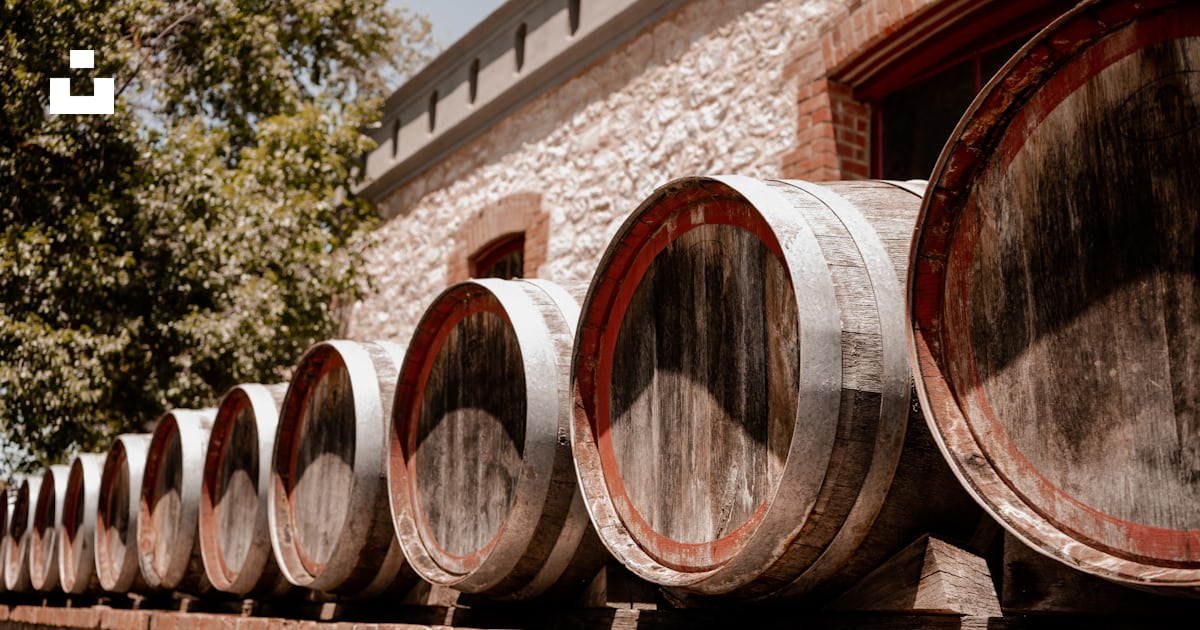Wineries With River Views - Vineyard Tasting Events In Sonoma County
Wiki Article
Wine Tasting Tours In Russian River Valley - Sonoma County Wine Tasting Locations
Visiting a winery for a wine tasting could be a fascinating experience, particularly when you understand how to maximise the chance with tasting notes. These notes function a guide to understanding the complexities of the wines you pattern and assist in forming a deeper reference to each pour. Using tasting notes can rework your experience, allowing you to savor not simply the taste but also the story behind each bottle.Every wine has a novel profile influenced by grape variety, terroir, and winemaking techniques. Understanding these parts can enhance your appreciation of the wine. When you might be given a tasting menu or a flight of wines to pattern, take the time to learn by way of any descriptions offered (Cultural Wine Experiences In Sonoma County). This initial overview can set the tone and expectations on your tasting experience.
Begin your wine tasting by observing the wine in your glass. The shade can reveal a lot concerning the wine’s age and varietal. Take notes on the hue, clarity, and viscosity. A well-structured tasting note usually consists of this visible evaluation because it forms the foundation of your analysis. Whereas it might seem trivial, the visible aspect is crucial in wine tasting.
Wineries Featuring Vineyard Tours - Sonoma Wine Tasting Adventures
After your visible assessment, it's time to take a delicate whiff. Swirl the wine in your glass to aerate it, releasing its aroma. This is the place tasting notes turn into notably valuable. Make notes concerning the completely different scents you detect—fruits, spices, or floral hints. Figuring Out these aromas will assist you to put words to the intrinsic complexities of the wine you might be sampling.
The subsequent essential step is the tasting itself. Take a small sip and let the wine roll over your palate. Note the flavors you experience. Are they candy or tart? The Place does your palate detect every flavor? Some wines might present immediate sweetness followed by a tannic end. Use your tasting notes to document these layers, making a roadmap of your sensory experience. Think About also the mouthfeel of the wine as you taste. Is it smooth, crisp, creamy, or maybe tannic? This textural high quality significantly influences the overall enjoyment and impression of the wine. Observing the mouthfeel can reveal the quality and craftsmanship behind the winemaking course of. It Is useful to compare different wines as you style them. If you are sampling a flight with contrasting varietals, make a remark of the differences you understand. How does the acidity range from one wine to another? Which wine feels fuller, and which is more refreshing? This comparative exercise deepens your understanding and helps sharpen your analytical skills.
Wineries That Offer Food Trucks On Weekends - A Guide To Sonoma Wineries

Interact with the winery employees whereas tasting. Educated hosts usually share insights in regards to the vineyard's history, the specific vintage, or the winemaking philosophy, enriching your appreciation of the wine. Do Not hesitate to ask questions that pique your interest primarily based in your tasting notes. Many hosts take pleasure in discussing their wines and may provide a wealth of knowledge that isn’t readily available from printed materials. Interactive Wine Tasting Experiences In Sonoma. Maintain in thoughts the seasonality of wines as you style. Totally Different wines evoke varied moods and pair nicely with distinct culinary experiences. Take notes on how you might take pleasure in a particular wine with food. This not solely provides context to your tasting notes but also aids future choices and purchases.

Another useful tip while using tasting notes at a winery is to record your impressions instantly. As wines can mix and create a uniform flavor memory, jotting down your ideas promptly ensures a extra accurate reflection of your experience. Use adjectives that resonate with you, crafting a private vocabulary to explain each wine based mostly in your preferences. After finishing the tasting, evaluation the notes you’ve taken. Mirror on which wines stood out to you and why. This reflection reinforces your tasting experience and highlights what you might seek in future purchases. If you have noted particular aromas or flavors that captivated you, this data empowers informative post you to select wines that align along with your palate.
Wineries That Welcome Walk Ins - Sonoma's Finest Wineries
Wine tasting can also serve as a chance for socializing. Sharing your tasting notes with companions can ignite participating discussions on flavors, preferences, and impressions. This communal side of wine tasting usually enhances the experience, cementing lasting reminiscences you could recall with a cup of wine in hand. In conclusion, using tasting notes at a winery wine tasting can significantly improve your experience. By observing the visible features, aromas, flavors, mouthfeel, and even the stories behind the wines, you create a wealthy tapestry of notes that may guide your future wine experiences. Partaking with the employees, comparing wines, and reflecting in your impressions will deepen your appreciation for the art of winemaking. Every tasting is an opportunity to discover and connect with wines in thrilling new methods. With practice, your tasting notes will evolve, turning into a cherished component of your wine journey.Rustic Family-Owned Wineries In Sebastopol - Winery In The Sonoma Wine Region
- Begin by familiarizing yourself with the winery's tasting notes; they usually describe the wine’s aroma, flavor profile, and end, offering a helpful framework.
- Use your senses of sight and odor earlier than tasting; swirl the wine in your glass, observe its colour, and inhale its bouquet to capture the wine's initial characteristics.
- When tasting, take a small sip and let the wine coat your palate; concentrate on the first flavors and any secondary notes that will emerge, similar to fruit, spice, or earthiness.
- Pay attention to the texture and mouthfeel of the wine; is it smooth, tannic, creamy, or crisp? This aspect can considerably improve your understanding of the wine.
- Examine the tasting notes together with your sensory experience, noting any similarities or discrepancies, which may deepen your appreciation of each wine’s complexity.
- Contemplate the wine’s getting older potential by analyzing its structure and balance; some wines could also be enjoyable now, while others could evolve beautifully over time.
- Take notes in the course of the tasting; recording your impressions can help you bear in mind each wine better and refine your palate for future tastings.
- Have Interaction with the tasting staff; ask questions about the wine manufacturing course of, grape varieties, and the precise notes you're detecting to enhance your knowledge and experience.
- Explore pairing suggestions alongside your tasting; understanding which foods complement the wine can enrich each the tasting experience and your appreciation for the wine's nuances.
- Respect varying preferences among your group; wine tasting is subjective, and inspiring open dialogue about particular person tastes can lead to a extra pleasant and informative experience.undefinedWhat are tasting notes, and why are they important at a wine tasting?undefinedTasting notes are descriptions of the flavors, aromas, and total impressions of a wine. They are essential as a end result of they guide your palate and improve your understanding of the wine's characteristics, serving to you respect different varieties and styles.
Elegant Wine Tasting Locations In Sonoma - Vineyards In The Sonoma Region
What if I can't identify sure aromas or flavors during a tasting?undefinedIt’s common to have issue figuring out specific tastes or scents. Don’t hesitate to ask for assist or steerage from the staff at the winery. They can present insights and help refine your palate over time via practice. How can I use tasting notes to choose wines within the future?undefinedBy reviewing your tasting notes, you'll be able to identify your preferences and developments in your wine decisions. This lets you select wines that align together with your palate in future tastings and purchases, making your experience more gratifying. Is it applicable to compare wines during a tasting?undefinedSure, comparing wines may be useful. It helps highlight the differences in flavor profiles and attributes, permitting you to develop a deeper appreciation and understanding of each wine's unique qualities. What should I do if I disagree with the tasting notes supplied by the winery staff?undefinedDisagreement is a natural part of wine tasting! Use it as an opportunity to debate your impressions with the staff; they'll present additional context or information about the wine, which can enrich your experience.Unique Wine Blending Experiences In Sonoma - Best Vineyard In Sonoma
How should I manage my tasting notes after the event?undefinedAfter the tasting, arrange your notes by wine type, producer, or personal desire. Think About creating a digital or bodily journal which can be referenced for future tastings and wine alternatives, making it easier to recall your experiences. Report this wiki page